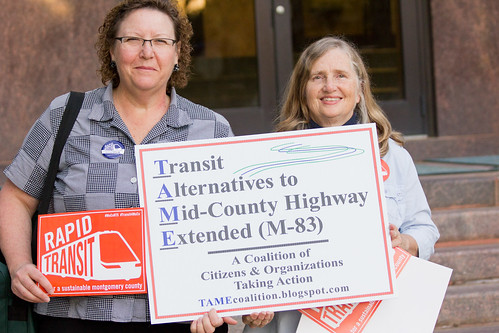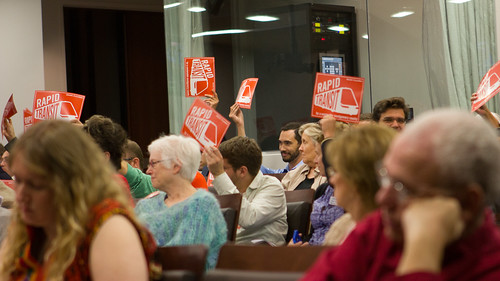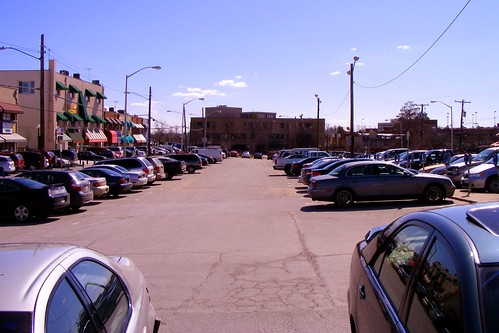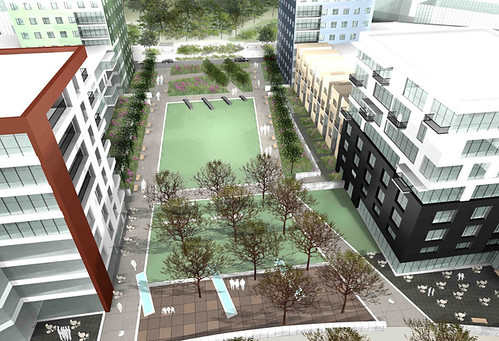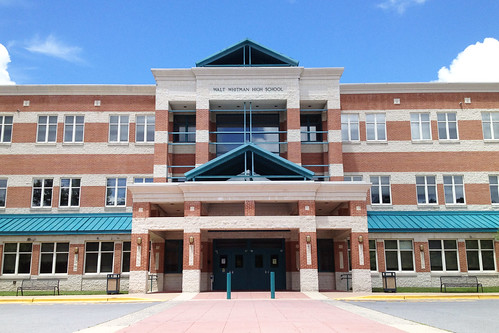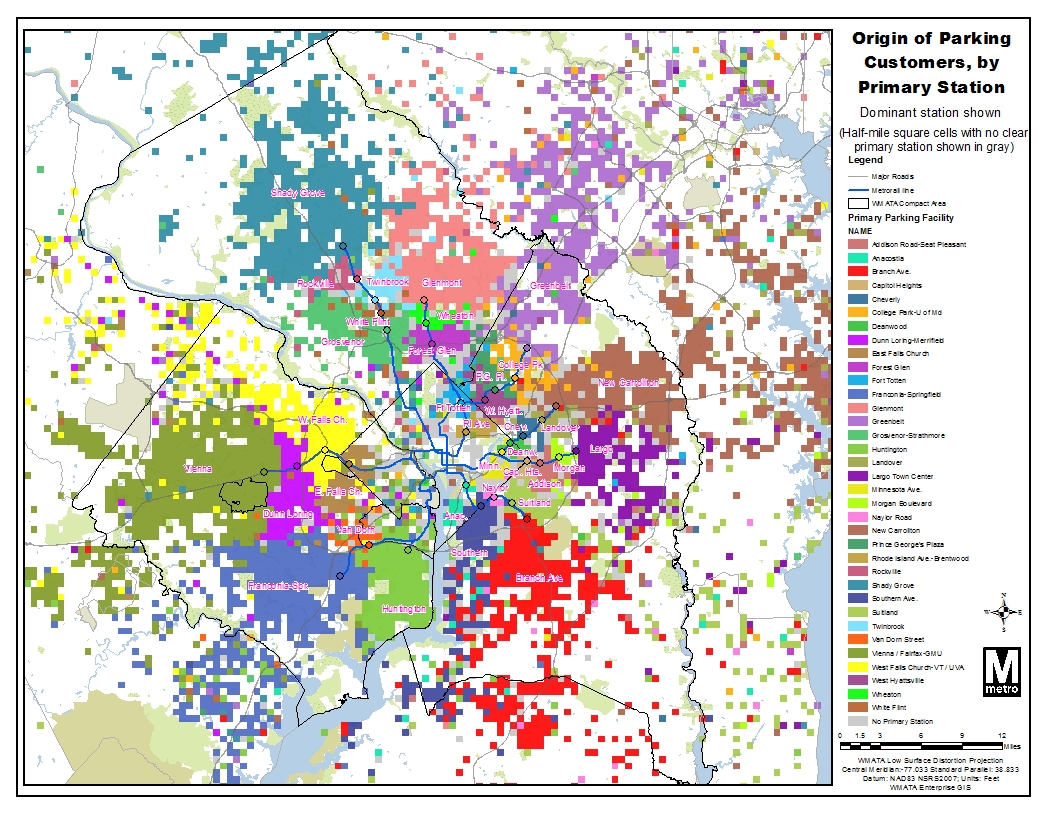On the heels of its third anniversary, Capital Bikeshare makes a big expansion into Montgomery County. Local officials celebrated the first of 50 new stations that will open here today in Rockville with a large crowd of well-wishers.
"It's no secret that the Washington area has the worst traffic," said County Executive Ike Leggett. "That's why Montgomery County is committed to increasing its transportation options . . . Bikeshare is another cost-effective option that can help reduce the need to drive, especially for short distances."
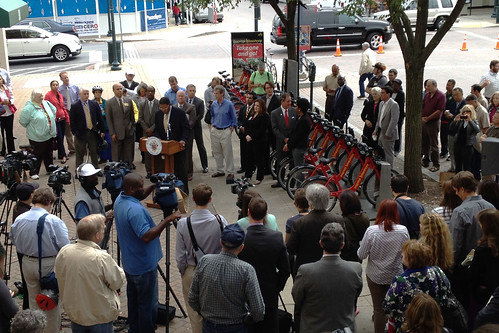 |
| Montgomery County opened its first Capital Bikeshare station today in Rockville. All photos by the author unless noted. |
"It's no secret that the Washington area has the worst traffic," said County Executive Ike Leggett. "That's why Montgomery County is committed to increasing its transportation options . . . Bikeshare is another cost-effective option that can help reduce the need to drive, especially for short distances."

